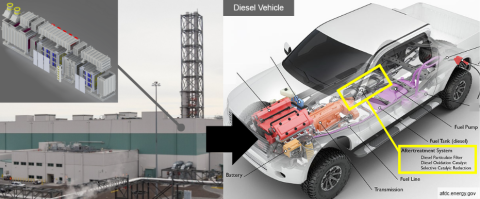
Crews at the Hanford Site’s Waste Treatment and Immobilization Plant are maintaining a large-scale thermal catalytic oxidizer to prepare for operations.
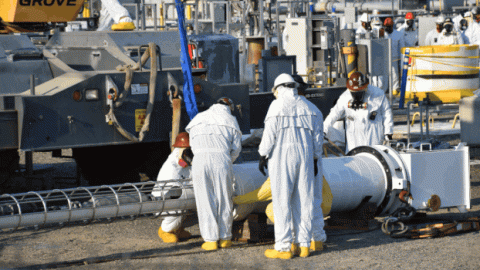
Hanford Site workers are installing equipment to demonstrate how an alternative treatment technology could safely accelerate cleanup of radioactive tank waste.
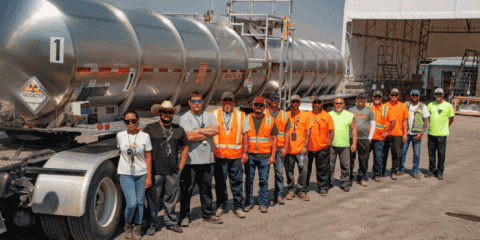
Hanford Site workers just finished draining the last large basin that used to hold uranium fuel rods from nuclear reactors. Crews pumped out nearly 1 million gallons of contaminated water from the K West Reactor basin.
Workers are upgrading and strengthening the framework of the Hanford Site’s local area network to continue supporting the cleanup mission for years to come.
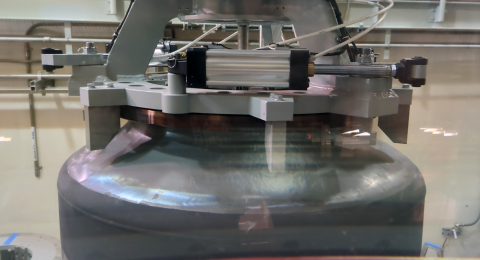
Crews at the Hanford Site’s Waste Treatment and Immobilization Plant are using containers of test glass to hone their skills on operating equipment used to seal lids on containers that will be filled with immobilized waste.

DOE announced it will enter into realty negotiations with Hecate Energy LLC for a solar project capable of delivering up to one gigawatt of clean energy within an 8,000-acre area of DOE-owned land at the Hanford site as part of the Cleanup to Clean Energy Initiative.
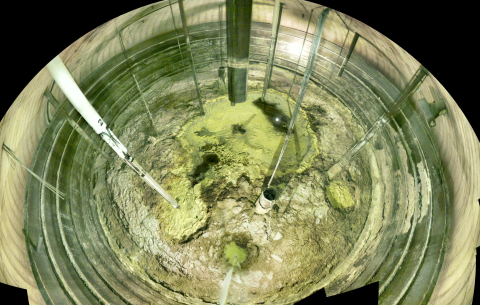
The Hanford Site continues to reduce environmental risk as crews start retrieval operations of radioactive and chemical waste from a third set of underground storage tanks.
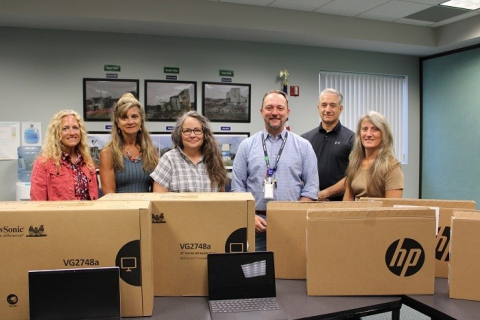
Six U.S. Department of Energy (DOE) Office of Environmental Management (EM) sites are among a group of award winners who collectively cut greenhouse gas emissions last year by more than 565,000 metric tons of carbon dioxide equivalents, which equates to taking 121,000 average U.S. passenger cars off the road for a year.
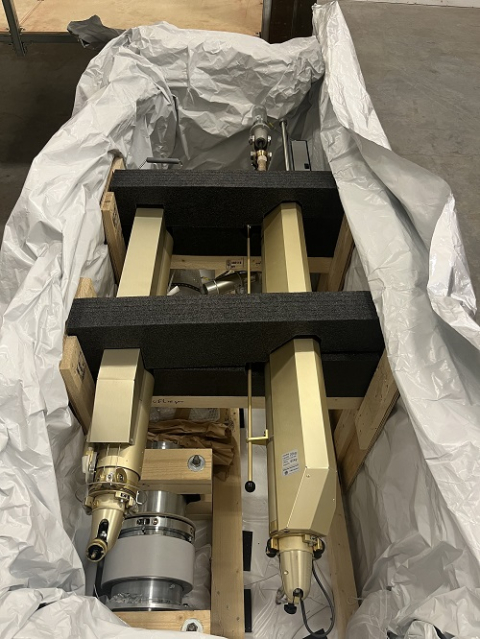
The Hanford Site’s 222-S Laboratory, operated by contractor Navarro-ATL, is upgrading the specialized equipment personnel use to safely handle and analyze samples to support cleanup operations across the site.
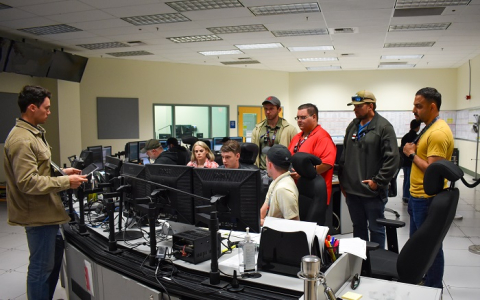
Control room personnel monitor systems at the Hanford Site’s Waste Treatment and Immobilization Plant after recently adding the first batch of “tuning feed” to one of the plant’s large melters.

